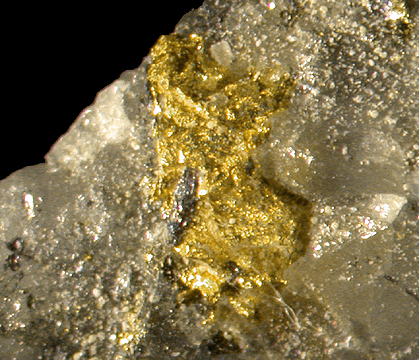 As all parents know, real life happens. And it happened to us last week. My youngest daughter had a fever, my middle daughter felt sick to her stomach, my husband was outside trying to get a bunch of work done, we were a little late with dinner … and it was family home evening! It would’ve been so easy to just scrap it, but the way I do FHE, it’s actually as easy to “just do it”. So, we did.
As all parents know, real life happens. And it happened to us last week. My youngest daughter had a fever, my middle daughter felt sick to her stomach, my husband was outside trying to get a bunch of work done, we were a little late with dinner … and it was family home evening! It would’ve been so easy to just scrap it, but the way I do FHE, it’s actually as easy to “just do it”. So, we did.
I got out my FHEasy book while we ate and we went over the 8th Article of Faith. We then talked quite a bit about what was in the Church History Section: gold digging and how the Book of Mormon was translated.
Critics sometimes like to try to besmirch Joseph Smith’s character by pointing out the fact that he worked as a gold digger, looked into a stone to try to determine where gold was hidden, and then used the same stone in the translation of the Book of Mormon. Granted, finding out someone was looking for gold by looking at a stone would be considered mighty strange in our time, but what about back then?
Here’s part of the Church History section from FHEasy‘s Article of Faith 8 lesson:
 “Joseph Smith worked as a gold digger and tried to find gold by looking into special stones. ‘When Joseph was 16, the Palmyra Herald printed [this remark]: ‘digging for money hid in the earth is a very common thing and in this state it is even considered as honorable and profitable employment’” (see FairMormon.org’s page “Joseph Smith’s money digging activities and how it relates to his character?” at http://goo.gl/GyTCgh). …
“Joseph Smith worked as a gold digger and tried to find gold by looking into special stones. ‘When Joseph was 16, the Palmyra Herald printed [this remark]: ‘digging for money hid in the earth is a very common thing and in this state it is even considered as honorable and profitable employment’” (see FairMormon.org’s page “Joseph Smith’s money digging activities and how it relates to his character?” at http://goo.gl/GyTCgh). …
 Between 1827 and 1829, Joseph Smith translated the Book of Mormon through the use of the Urim and Thummim as well as by looking at a stone and reading the words that appeared on it. Contrary to some artists’ depictions (See Gospel Art #92.), Joseph did not look at the writings and then dictate the English translation for his scribe. The plates were often not even in the room. (See LDS.org’s gospel topic ‘Book of Mormon Translation’ at https://goo.gl/guU5mF or FairMormon.org’s page “Why did Joseph use the same stone for translating that he used for ‘money digging’ ” at http://goo.gl/LS73kn.)”
Between 1827 and 1829, Joseph Smith translated the Book of Mormon through the use of the Urim and Thummim as well as by looking at a stone and reading the words that appeared on it. Contrary to some artists’ depictions (See Gospel Art #92.), Joseph did not look at the writings and then dictate the English translation for his scribe. The plates were often not even in the room. (See LDS.org’s gospel topic ‘Book of Mormon Translation’ at https://goo.gl/guU5mF or FairMormon.org’s page “Why did Joseph use the same stone for translating that he used for ‘money digging’ ” at http://goo.gl/LS73kn.)”
I like to think of gold digging in Joseph’s time like I would lawn mowing or cleaning up landscapes in our time. It was common and respectable work. As far as Joseph looking at a stone and reading the Book of Mormon text on it, I say, “God made the whole universe as well as our ability to comprehend and communicate through language. Don’t you think He can put words on a rock if He wants to?” I, for one, try not to put mental limits on God.
So, back to the story. Despite having a crazy night and quite a short FHE with no extra activities, we had a good discussion over dinner. It was short and not overly fun, but remember … CONSISTENCY COUNTS!!! And in this case, we talked about things that my kids will likely run into as adults when they quite probably go through the common “faith crisis” period of life (typically between the ages of 30 and 40). More on the “faith crisis” part of human development in a future post called “Dealing with a ‘Faith Crisis’ “.
Until then,
Happy Home Evenings!
No Comments Yet